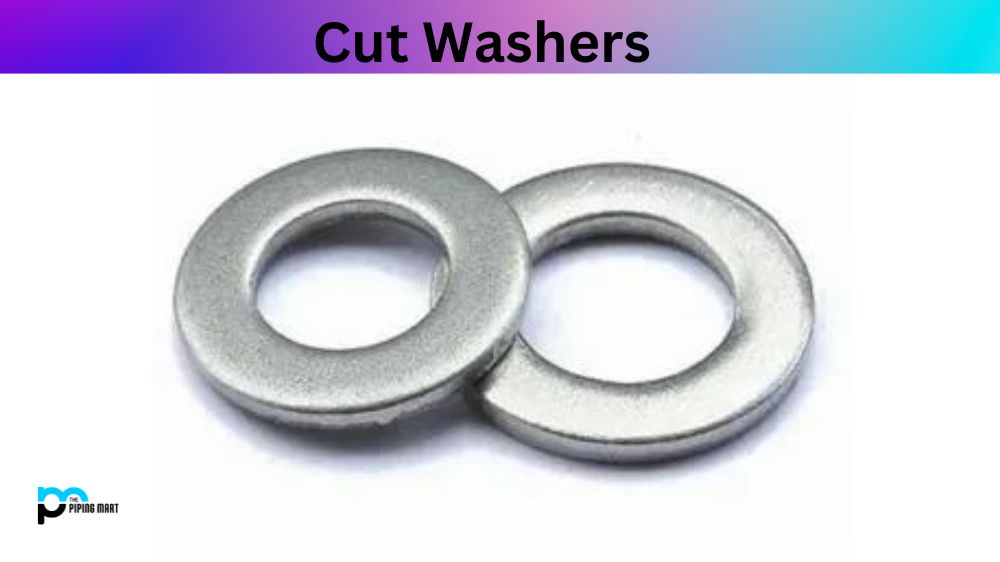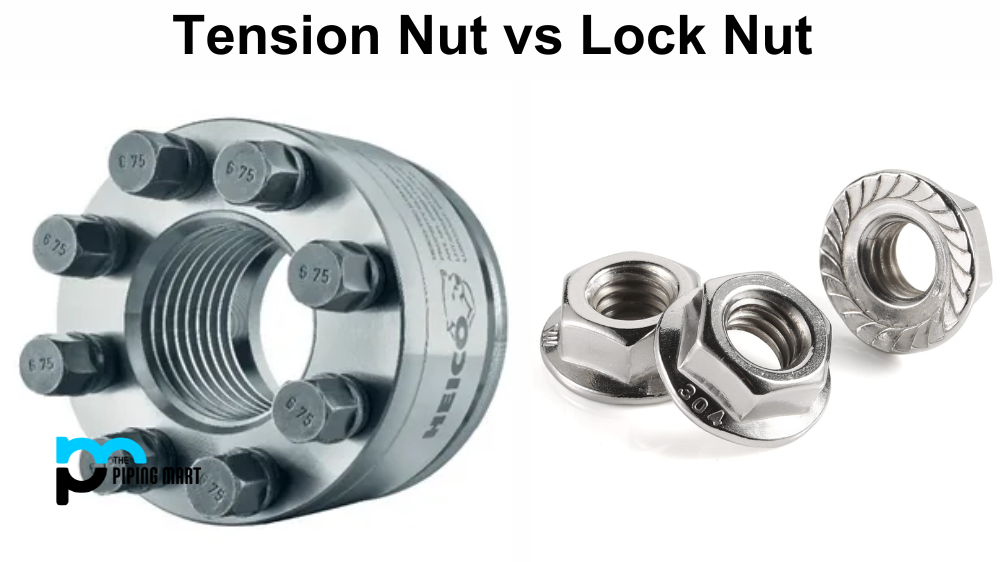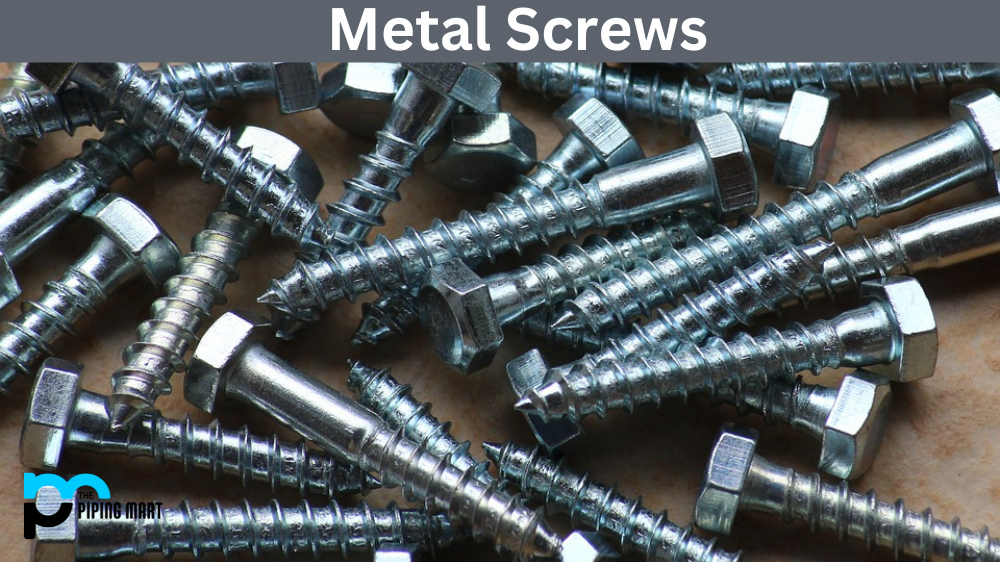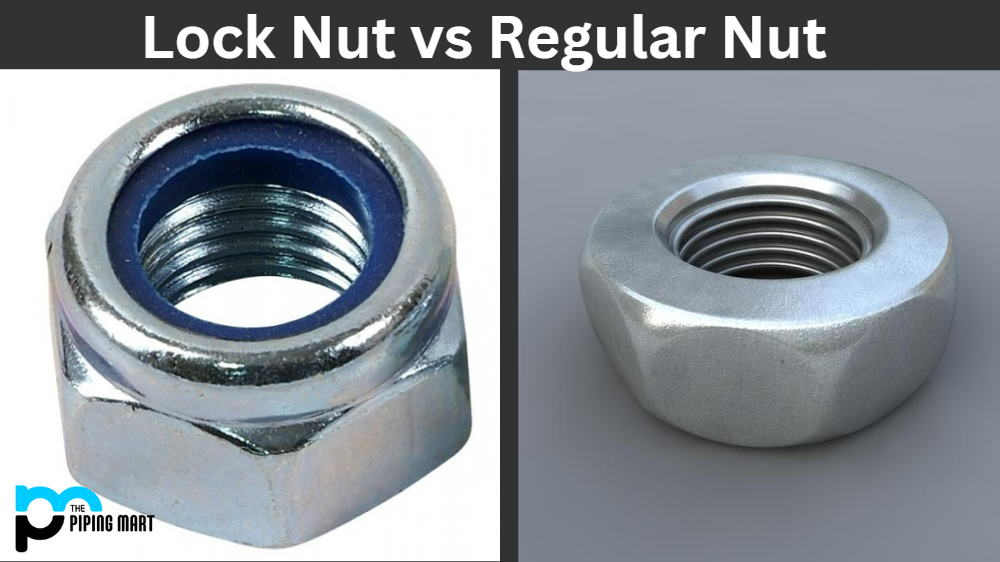In mechanical engineering, a cut washer is a small flat metallic disc with a hole in the center. The hole typically aligns with the bolt or rod, while the flat sides of the washer provide a larger surface area to distribute the force and reduce the risk of the nut or bolt from loosening. Cut washers are commonly used in various applications, including automotive, marine, construction, and industrial environments.
What is Cut Washer?
Cut washers are flat metal washers used to connect various objects. They are made from cold rolled steel and feature a shaped edge, allowing them to fit into tight spaces and offer superior vibration resistance. Additionally, the sharp edges help prevent galling when locking nuts and bolts together. Popular applications for cut washers include plumbing fixtures, high-load machinery components, and automotive parts. Overall, cut washers play an essential role in both structural integrity and efficient assembly operations in many industries.
Here are the Most Common Applications of Cut Washers and Their Benefits:
Preventing Damage:
One primary use of a cut washer is to protect surfaces or materials from damage. When placing a fastener between two different materials, such as wood and metal, a cut washer acts as a barrier to prevent the materials from rubbing or grinding against one another, protecting the integrity of both surfaces.
Improving Security:
Cut washers are commonly used in applications where ensuring maximum security and strength of fasteners is essential, such as in the aerospace and military industries. In these cases, the washers increase the nut and bolt clamping force and prevent loosening due to vibration, impact, or other external forces.
Managing Loads:
Cut washers are also a load management tool when fastening to softer materials, such as plastics or light metals. The washer helps to distribute the load across a larger surface area, preventing deformation or damage to the underlying materials.
Conforming to Irregularities:
Cut washers are available in various sizes and materials, allowing them to conform to the irregular shape of certain fastener heads. This ensures full coverage and proper washer seating, eliminating the risk of loosening and misalignment during assembly.
Beyond Cut Washers:
In addition to traditional cut washers, specialised washers are designed for specific applications. For example, wave washers are used in applications requiring high spring loads, while saddle washers are used in electrical applications where wires or cables require routing around fasteners.
Conclusion:
Cut washers are simple and inexpensive components that can make a significant difference in the effectiveness and reliability of mechanical assemblies. Engineers can improve safety, stability, and longevity across various industries by taking advantage of their various applications and benefits. Use the guide above to help you select the best cut washers for your specific needs and applications.

A passionate metal industry expert and blogger. With over 5 years of experience in the field, Palak brings a wealth of knowledge and insight to her writing. Whether discussing the latest trends in the metal industry or sharing tips, she is dedicated to helping others succeed in the metal industry.




